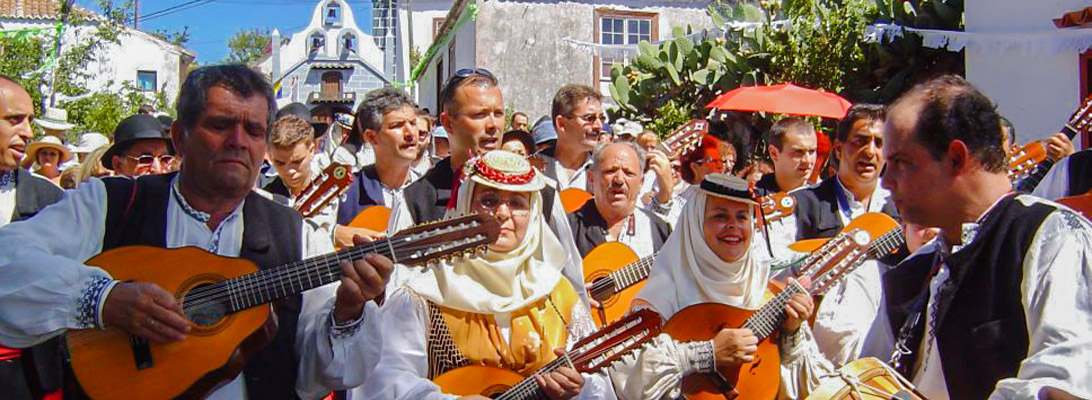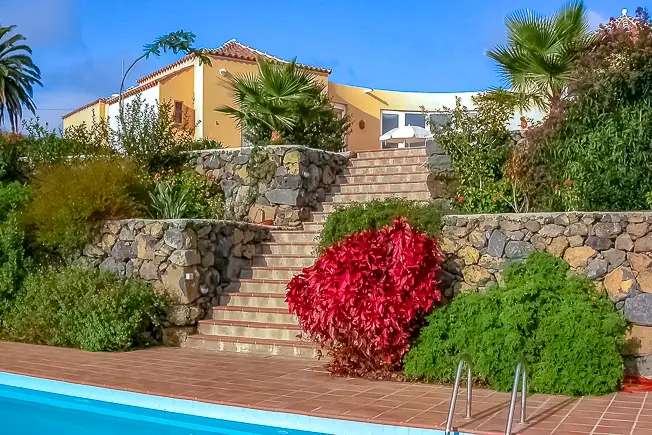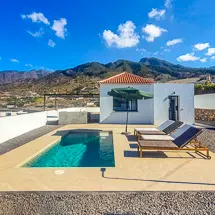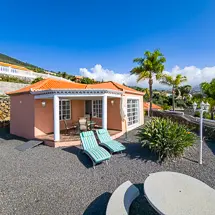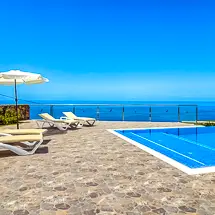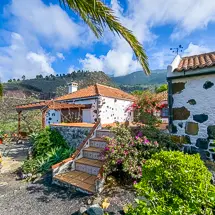Sugar, Silk, and Malvasia Wine
In the course of its history, La Palma has had to reorient itself economically several times and adapt to new world economic developments. The first boom, the planting of sugar cane, began with the Spanish conquest and ended in the middle of the 16th century with a cheaper Caribbean competition. Silk production was also of great importance on La Palma for a long time. The same was true for viticulture. After the lively demand for Malvasia wine, especially from England since the 17th century, competing products such as port wine and sherry and finally the phylloxera destroyed the wine from La Palma in the 19th century.
Tobacco and the Cochineal Louse
Another louse was made commercially viable for this purpose: the cochineal louse living on the prickly pear, from which a red dye that was easily marketable in the age of the emerging textile industry was extracted. After the development of chemical dyes at the end of the 19th century, however, this branch of industry was soon over again. However, cochineal dye is still used today for food, cosmetics, and natural textiles. Neither could the excellent cigars (puros) from La Palma keep up with the competition from Cuba.
Immigration
This changeful development, the existential collapse of so many monocultural industries, forced many Palmeros to emigrate overseas, especially to Cuba and Venezuela. Today, 40,000 immigrants with roots in La Palma allegedly live in Venezuela. Some returned to their island with the initial boom of banana plantations and tourism. The carnival tradition of "Los Indianos", where people pollinate each other with baby powder, was stimulated by the proud behavior of returning emigrants in their blossom-white robes.
Bananas
Since 1896 the cultivation of bananas on a large scale (approx. 3,000 hectares of planting area) has been practiced on La Palma. Almost every usable area from the coastline up to 300, 400 meters above sea level is used for banana plantations. Without special EU conditions, this last monoculture on La Palma would no longer be profitable. One kilo of bananas consumes about 1,000 liters of water until they are ripe and costs the Palmeros 1 euro in production, considerably more than the competition from the Caribbean.







